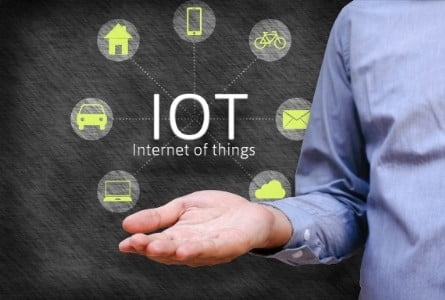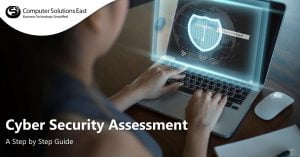Why will most businesses need to rely on IoT to unlock success in a post-pandemic era?
Businesses are fast to seize opportunities, often with the assistance of internet of things specialists, to increase market share or operating efficiency. IDC also released a worldwide IoT expenditure guide in 2019, forecasting $1.1 trillion in IoT spending by 2023, growing at a 12.6 percent compound annual growth rate. Manufacturing, utilities, transport, and logistics are among the early adopters.

At this size, it’s clear that the Internet of Things is a significant commercial disruptor, compelling businesses globally to explore these waters. The Internet of Things is expected to provide several benefits for companies when it comes to developing and managing consumer experiences, improving supply chain processes, and redefining fundamental operations.
It is critical to us not just to deploy tech but also to assist you in developing your own unique strategic plan and identify your own unique use case. Your Internet of Things (IoT) initiatives must add value to your organization. As a result, we’ve been actively involved in excellence programs for over five years and have developed strong relationships with think tanks, institutions, other research groups. These activities result in the development of software concepts and market-ready products.
Driving quality performance with IoT
The study results are unambiguous: IoT continues to create value and return on investment for adopters, and 87% believe that their fundamental business strategy has improved due to IoT adoption.
Almost all (95 percent) report achieving a return on investment, and 55% report seeing an average 21 percent reduction in operational expenses.
Among the main advantages of IoT deployments, which range from increased operational efficiency to new linked goods and services, are increased staff productivity (49 percent) and better customer experience (59%).
Robust workplace culture
Our objective is to improve production by discovering the exact moment when efficiency is at its peak. Using IoT-enabled employee tracking benefits managers without raising any legal concerns or causing anxiety in the workforce. This procedure is made completely legitimate legally from the regulatory standpoint since the sensor does not record a conversation, and linked software does not keep track of employee metadata and associates it with individuals only when required.
A microphone, a motion detector, an infrared light, and a Bluetooth module comprise the sociometric sensors. The pitch and tempo of the voice are utilized to convey the level of emotion present in a discussion at any particular moment. Infrared beams assist in identifying other identifiers and the position of questioners to gain insight into communication: for example, whether listeners face the speaker, whether the presenter dominates the conversation, whether speakers mirror one another, or whether they are on equal footing. This assists in mapping out socializing tendencies and connecting them to real employee productivity.
IoT for business is versatile and powerful.
This new technology is expected to provide many advantages for people who use it. Thanks to its expanding investment volumes, it’s found a home in industry, retail, logistics, and mining and quarrying. Our lives are being transformed via smart city projects all around the globe.
These transformations are also not novel, although similar transformations have been used before. IoT initiatives have already produced tangible benefits for their owners; the first being improved consumer loyalty, greater fuel efficiency, or improved company culture.
What does the future have in store for those eager to jump on board now? It’s tough to jump on the IoT bandwagon in this context, considering the competition from big corporations with near-limitless resources and who began investing in the sector 10-20 years ago. As a consequence, they may already demonstrate extremely active. However, due to recent Internet of Things development techniques, IoT-enabling devices are becoming smaller, faster, easier to use, but more accessible.
Identify meaningful data
Associated with this is the need to determine the kind of data streams and research beneficial to your organization. There is no use in gathering data for the sake of data collection; the insights must have some commercial value.

This often entails integrating fresh data from sensors or controllers with old data from legacy equipment and other systems.
At its finest, the Internet of Things enables businesses to prevent overstocking, downtime, and needless fuel use; optimize maintenance schedules and production; monitor, and automate key operations; and understand better and serve their consumers.
Each department’s engineers collaborate to build a gadget from the ground up, beginning with a layout and concluding with a product review. From basic circuit design to printed circuit board design, algorithm development to firmware development, structural working drawings, online web services, and standard operating procedures (SOP) for old chevy final goods are all part of Computer Solutions East’s R&D department.
The expansion of the Internet of Things throughout the organization’s many departments and networks can aid in the digitalization of processes, resulting in cost savings. IoT data from across the world may be accessed with a single tap on the palmtop. Data is more precise, and judgments are made with greater knowledge. Thus, an organization’s total efficiency rises by huge leaps.


